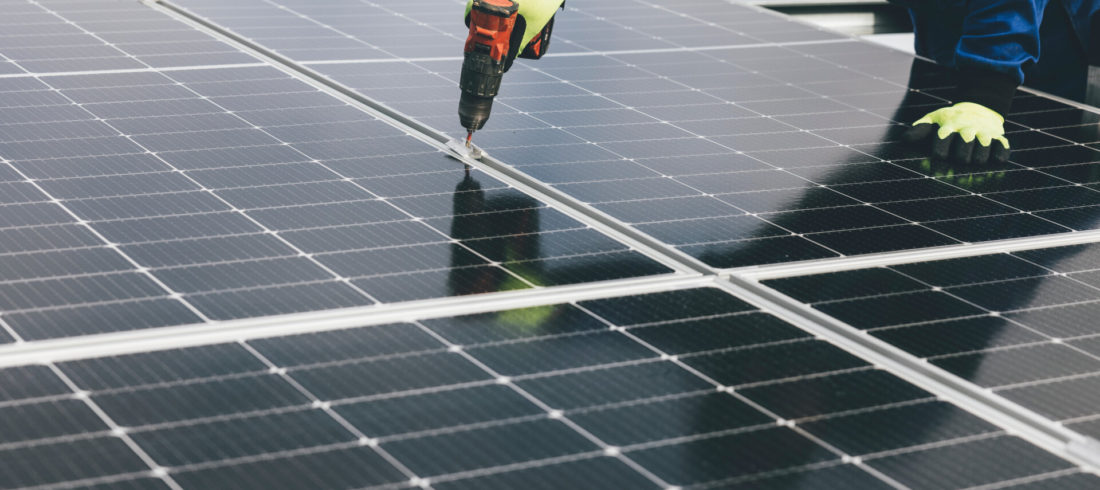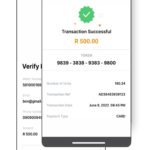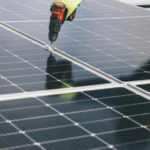A solar panel typically consists of a junction box, back sheet, solar cells, encapsulant layer, glass cover, and frame. The solar cells generate electricity, the back sheet covers the rear, the junction box has electrical connections, the glass protects the cells, the frame provides structural support, and the encapsulant binds everything together.
The core components of a solar panel are solar cells, sometimes referred to as photovoltaic cells. Their primary function is to use the photovoltaic effect to turn sunlight into electricity. The semiconductor material in solar cells absorbs photons from the sun, which releases electrons and creates an electric current. Solar power generation is based on this direct conversion of solar radiation into electrical energy.
The electrical components of a solar panel are connected at the junction box. It holds the connections to the external electrical system and the wiring between the individual solar cells in the panel. Furthermore, the junction box frequently has diodes to stop reverse current flow, ensuring optimal performance and safety of the solar panel system.
The encapsulant layer in a solar panel is a protective material that surrounds and shields the solar cells. Its primary functions involve enhancing durability, offering mechanical support, and shielding the solar cells from outside elements including moisture and physical damage. The encapsulant, which is usually composed of ethylene-vinyl acetate (EVA), keeps moisture out and foreign particles out, ensuring the longevity and dependability of the solar panel.
The layer that offers extra protection to the solar cells on the back of a solar panel is called the back sheet. It protects the delicate electronic components from potential harm by acting as a barrier against environmental elements like dampness and different pollutants. The back sheet, which provides a protective coating on the side that faces away from the sun, is frequently composed of materials like polyester or Tedlar. It adds to the overall structural integrity and longevity of the solar panel.
WiSolar operates on a power purchase agreement (PPA) business model, installing and maintaining solar systems for customers and selling power via an app on a pay-per-kWh basis, allowing property owners to adopt solar at no upfront cost.
To learn more about WiSolar and our services, please visit our website at wisolar.co or contact us at energy@wisolar.co





